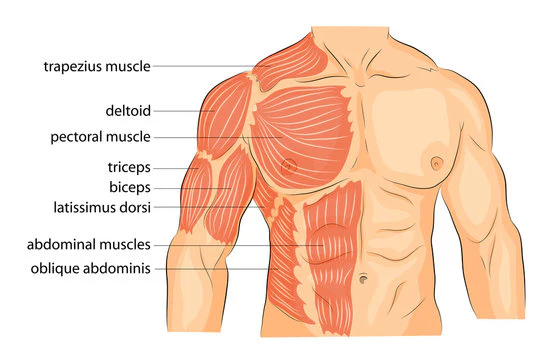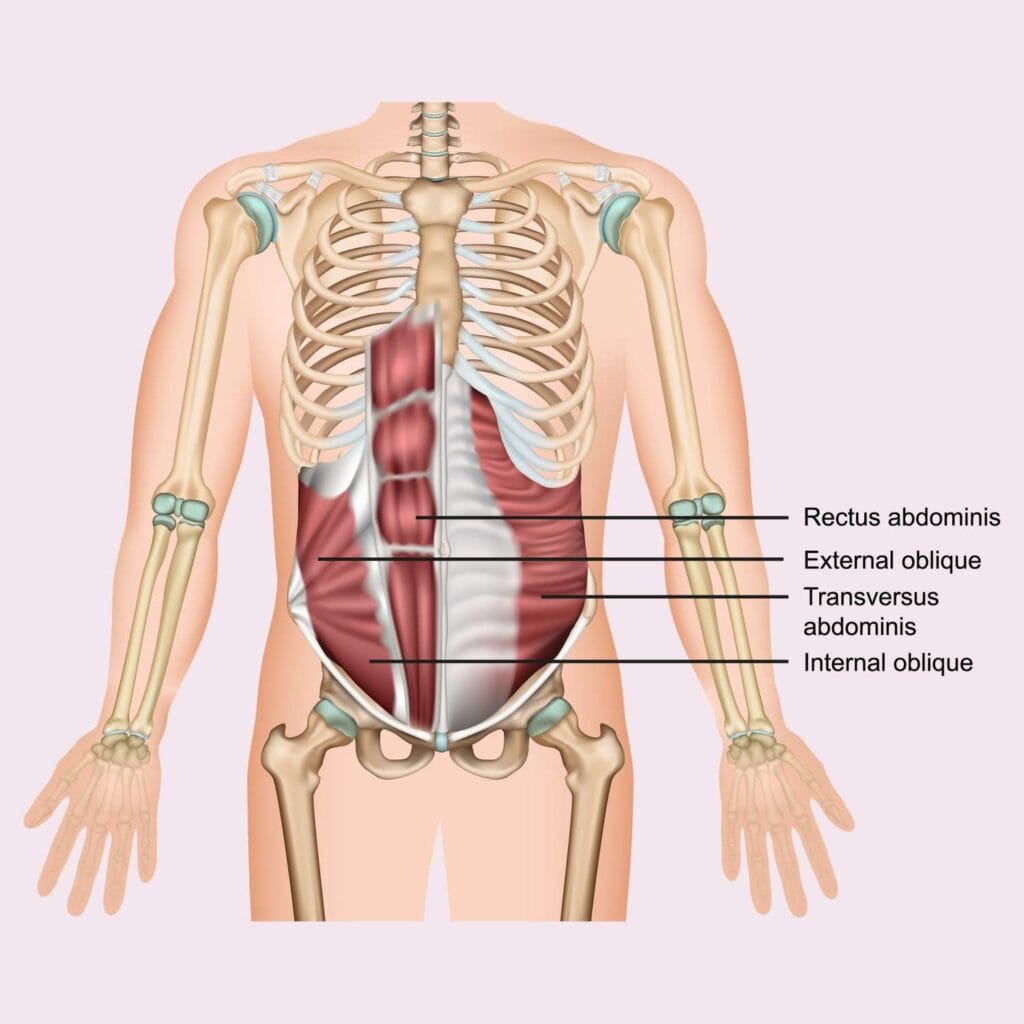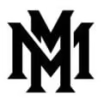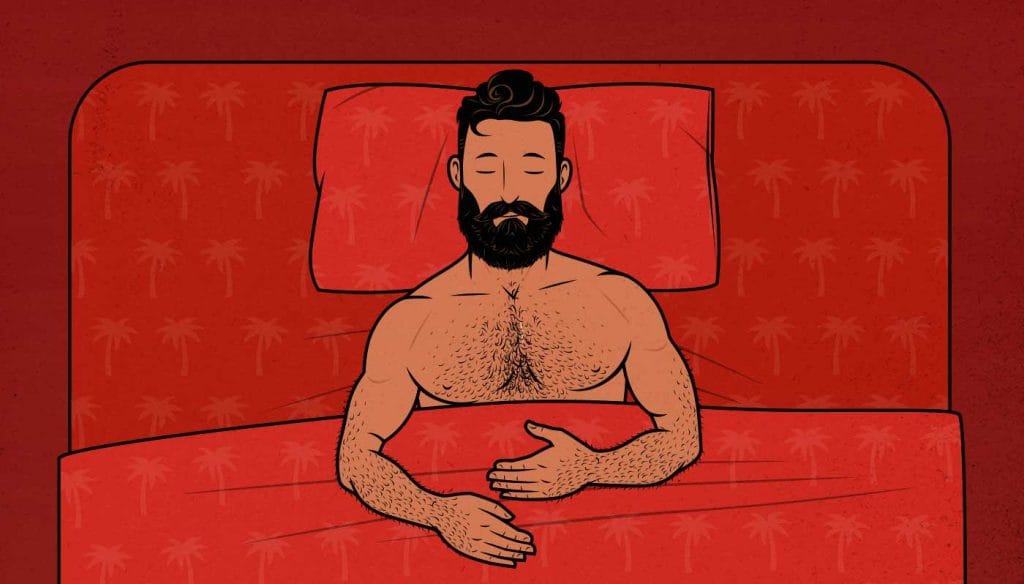The Ultimate Guide To the 6 Main Muscle Groups: Best Muscle Guide
Introduction
Muscles are the foundation of movement, strength, and stability. Whether you’re an athlete, bodybuilder, or just someone looking to improve fitness, understanding muscle anatomy helps optimize training and prevent injuries. This guide provides an exhaustive list of every muscle in the human body, categorized by group, function, and importance in movement.
*Below Is The Major Muscle Groups*
Muscle Groups
Why You Should Know Your Muscles: The Key to Effective Training
Understanding the muscles in your body is the foundation for anyone aiming to improve strength, prevent injury, and optimize performance. Knowing how each muscle group works, where it’s located, and its function can help you create a well-rounded routine tailored to your needs. Here’s why it’s worth the time to study your muscle groups and how this knowledge can transform your approach to fitness.
Major Muscle Groups Overview
The human body contains over 600 muscles, categorized into skeletal, smooth, and cardiac muscles. Skeletal muscles—those responsible for movement—are our focus.
*Below Is The Main Muscle Groups*
Main Muscle Groups:
✅ Chest – Pushing strength, upper-body power
✅ Back – Pulling strength, posture, stability
✅ Shoulders – Overhead movement, arm mobility
✅ Arms – Upper arms and forearms for grip, lifting, and precision
✅ Core – Abdominal and lower back stability
✅ Legs – Powerhouse for mobility, balance, and athletic performance

Upper Body Muscles
🔹 Chest Muscles (Pushing & Pressing Power)
- Pectoralis Major (Upper & Lower portions)
- Pectoralis Minor
- Serratus Anterior
- Subclavius
🔹 Back Muscles (Pulling Strength & Posture)
Upper Back:
- Trapezius (Upper, Middle, Lower)
- Rhomboid Major & Minor
- Levator Scapulae
Mid-Lower Back:
- Latissimus Dorsi
- Erector Spinae (Spinalis, Longissimus, Iliocostalis)
- Quadratus Lumborum
- Multifidus
Rotator Cuff (Shoulder Stabilizers):
- Supraspinatus
- Infraspinatus
- Teres Minor
- Subscapularis
🔹 Shoulder Muscles (Overhead Strength & Rotation)
- Front Deltoid
- Side Deltoid
- Rear Deltoid
- Rotator Cuff (Reiterated due to importance in shoulder function)
🔹 Arm Muscles (Upper & Forearm Strength)
Upper Arm:
- Biceps Brachii (Long & Short Head)
- Brachialis
- Coracobrachialis
- Triceps Brachii (Long, Lateral, Medial Heads)
Forearm (Flexors & Extensors):
Flexors:
- Flexor Carpi Radialis
- Flexor Carpi Ulnaris
- Palmaris Longus
- Flexor Digitorum Superficialis
- Flexor Digitorum Profundus
Extensors:
- Extensor Carpi Radialis (Longus & Brevis)
- Extensor Digitorum
- Extensor Carpi Ulnaris

Core Muscles (Stabilization & Posture)
🔹 Abdominal Muscles
- Rectus Abdominis (Six-pack muscle)
- External Obliques
- Internal Obliques
- Transverse Abdominis (Deep core stability)
🔹 Lower Back Muscles
- Erector Spinae (Mentioned in Back section)
- Multifidus
- Quadratus Lumborum
 Pelvic Floor Muscles
Pelvic Floor Muscles
- Pubococcygeus
- Iliococcygeus
- Coccygeus
Lower Body Muscles (Strength, Power & Stability)
🔹 Hip & Glute Muscles (Posterior Chain Power)
Gluteus Maximus, Medius, Minimus
Hip Flexors:
- Iliopsoas (Psoas Major, Iliacus)
- Sartorius
- Rectus Femoris (Also part of the Quadriceps)
Hip External Rotators:
- Piriformis
- Gemellus Superior & Inferior
- Obturator Internus & Externus
- Quadratus Femoris
Adductors (Inner Thigh):
- Adductor Longus, Brevis, Magnus
- Gracilis
- Pectineus
🔹 Thigh Muscles (Leg Drive & Jumping Power)
Quadriceps (Front Thigh):
- Rectus Femoris
- Vastus Lateralis
- Vastus Medialis
- Vastus Intermedius
Hamstrings (Rear Thigh):
- Biceps Femoris (Long & Short Head)
- Semitendinosus
- Semimembranosus
🔹 Calf & Lower Leg Muscles
- Gastrocnemius (Medial & Lateral Heads)
- Soleus
- Tibialis Anterior
- Peroneus Longus & Brevis
- Flexor Hallucis Longus
- Flexor Digitorum Longus
Additional Muscle Groups (Optional Advanced Section)
🔹 Neck Muscles
- Sternocleidomastoid
- Scalenes (Anterior, Middle, Posterior)
- Splenius Capitis
- Longissimus Capitis
🔹 Facial Muscles
- Orbicularis Oculi
- Orbicularis Oris
- Zygomaticus Major & Minor
🔹 Hand Muscles
- Thenar & Hypothenar Muscles
- Interossei & Lumbricals
How Muscles Work & Training Applications
- Muscle Pairs & Movement: Agonists vs. Antagonists
- Training Strategies for Each Muscle Group: Hypertrophy vs. Strength vs. Endurance
- Common Weak Points & Muscle Imbalances: How to Correct Them
- Recovery & Injury Prevention Tips
Sources:
Medical News Today explains the best muscle group pairings for workouts, suggesting beginners train larger muscle groups (like chest, back, and legs) with smaller supporting muscles (like biceps, triceps, and shoulders) for balanced strength development. The article also highlights different workout splits based on fitness levels. Read more
Steel Supplements outlines how to effectively train the six major muscle groups—chest, back, legs, shoulders, arms, and core—by using targeted exercises and strategic workout splits. The article emphasizes proper form, progressive overload, and recovery to maximize muscle growth and strength. Read more.
Men’s Health provides a guide on which muscle groups to train together, recommending common pairings like chest & triceps, back & biceps, and legs & shoulders for balanced development. The article explains how strategic grouping improves efficiency, recovery, and strength gains. Read more.
Trending Articles:
Do you have any questions?




